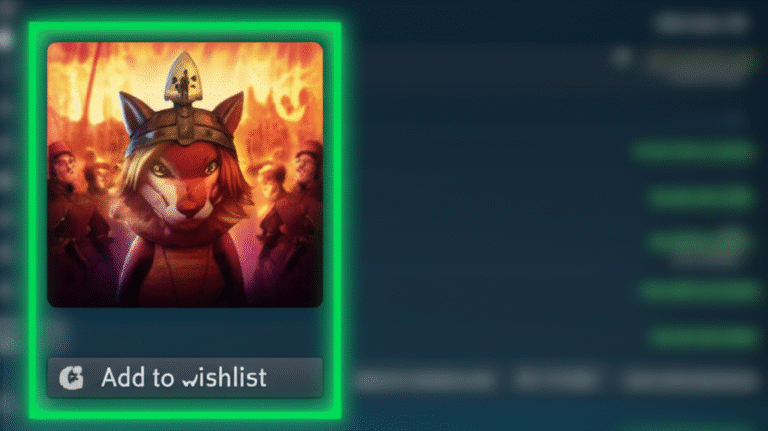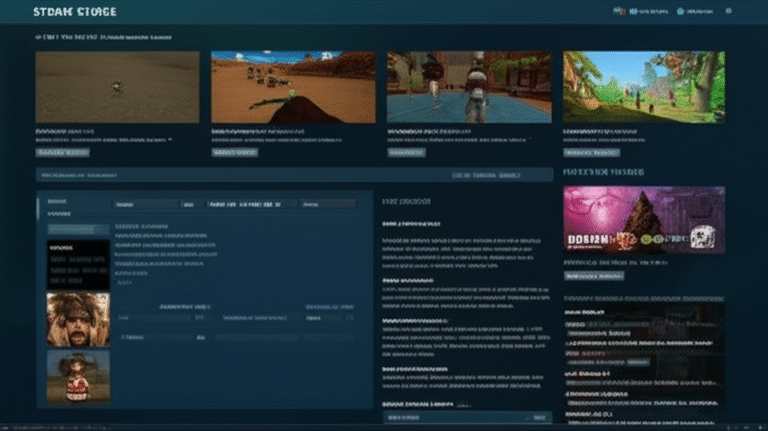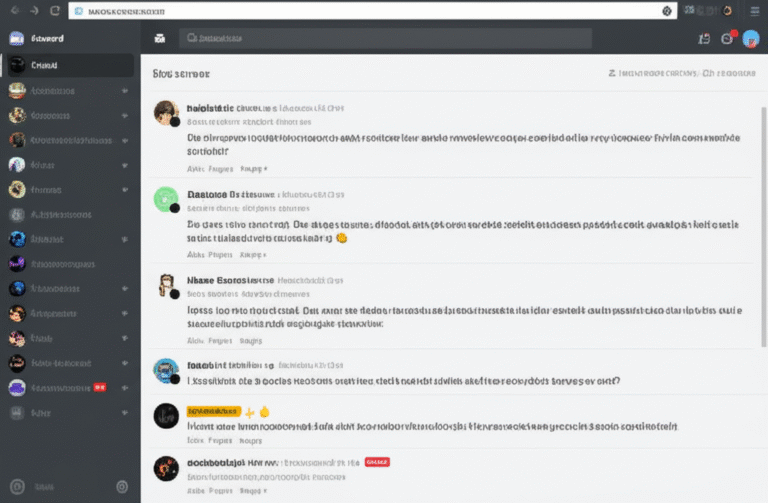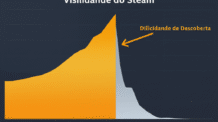Master the Steam algorithm and achieve indie game success. Our guide helps developers navigate challenges and boost visibility.
The Steam marketplace represents a massive opportunity for indie game developers, but also a significant challenge. Navigating its complex algorithms and standing out from the crowd requires a strategic approach, transforming creative chaos into calculated success.
This guide provides indie developers with the insights and tools necessary to understand the Steam ecosystem, optimize their game’s visibility, and build a thriving community. We’ll explore key aspects, from crafting compelling store pages to leveraging community engagement, ensuring your game reaches its full potential on Steam.
Conteúdo
Decoding the Steam Algorithm: Visibility is Key

Understanding the Steam algorithm is crucial for any indie developer seeking success. It’s not just about creating a great game; it’s about ensuring the right players discover it. The algorithm considers factors such as wishlists, sales, playtime, reviews, and even user tags to determine which games to promote.
To maximize visibility, focus on generating initial buzz. Encourage players to wishlist your game before launch, as this signals interest to the algorithm. A strong launch with positive reviews and high player engagement will further boost your game’s ranking.
Monitor your game’s performance metrics closely. Track wishlists, sales, playtime, and reviews to identify areas for improvement. Experiment with different marketing strategies and analyze their impact on your game’s visibility.
Crafting a Compelling Steam Store Page: First Impressions Matter

Your Steam store page is your game’s virtual storefront. It’s the first impression you make on potential players, so it’s crucial to make it count. High-quality screenshots, captivating trailers, and a well-written description are essential elements of a successful store page.
Focus on showcasing your game’s unique features and selling points. Highlight what makes your game stand out from the competition. Use visually appealing assets that grab attention and convey the game’s atmosphere and gameplay.
Optimize your store page for search engines. Use relevant keywords in your game’s title, description, and tags to improve its visibility in Steam’s search results. Consider A/B testing different elements of your store page to identify what resonates best with your target audience.
Community Engagement: Building a Loyal Following

Building a strong community around your game is vital for long-term success. Engage with players on social media, forums, and Discord. Listen to their feedback, address their concerns, and involve them in the development process.
Run contests, giveaways, and events to keep your community engaged. Encourage players to share their experiences with your game. Create a sense of belonging and make them feel like they’re part of something special.
A responsive and supportive community manager can make a huge difference. They can answer questions, resolve issues, and foster a positive and welcoming environment for your players.
Turning Indie Dreams into Steam Realities
Navigating the Steam landscape requires a blend of creativity, strategy, and dedication. By understanding the algorithm, crafting a compelling store page, and fostering a strong community, indie developers can transform their games from hidden gems into Steam successes. Embrace the challenge, adapt to the ever-evolving ecosystem, and watch your indie dreams become realities.
Ready to Launch Your Game on Steam?
Download our free Steam Launch Checklist!




Deixe um comentário